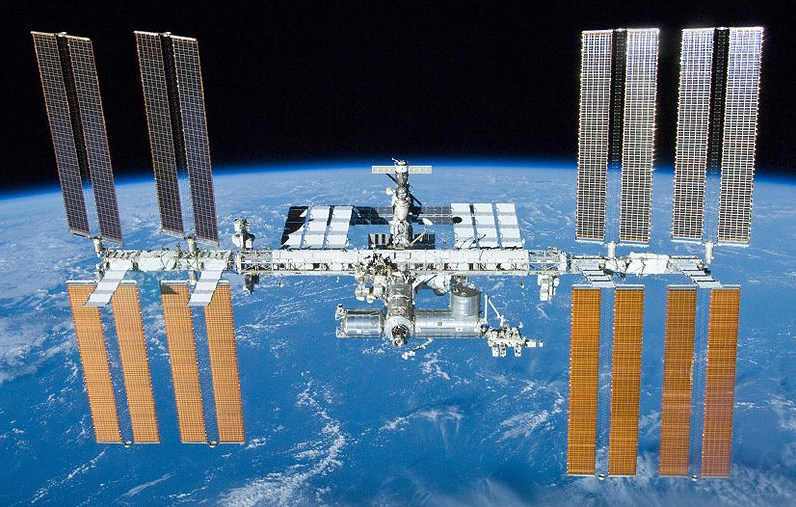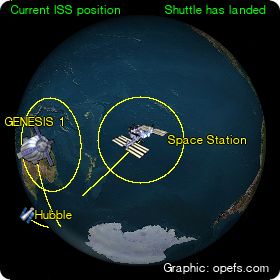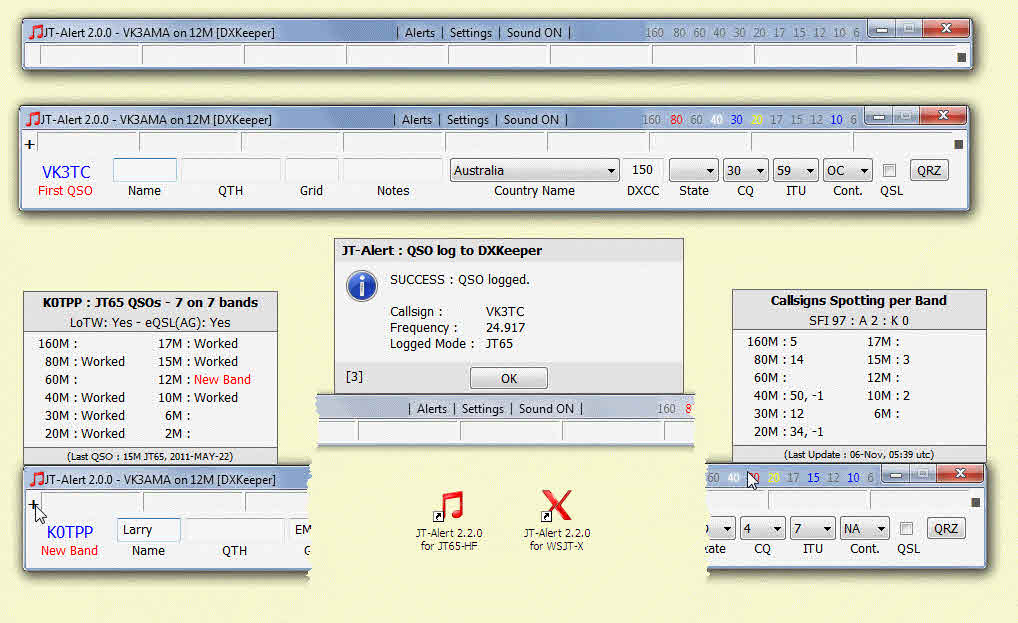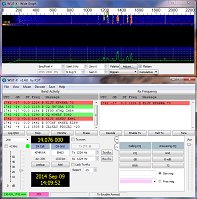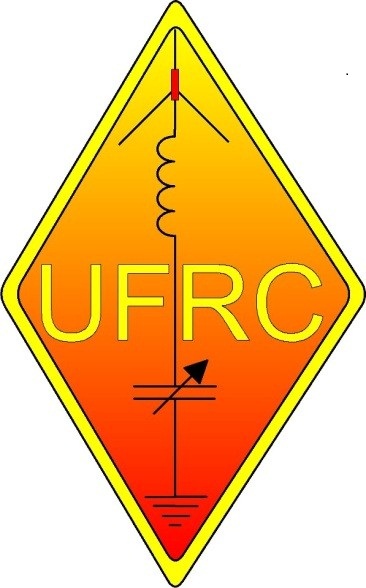Keeping an eye on South Georgia.

Nov 15, 2020
So it’s not really DX news, but still something for the DXer to keep an eye on especially as VP8/SG is always nice to contact. I mean, who could forget about VP8SGI for example?
You maybe have read about “A68” – a giant iceberg on collision course with South Georgia. I first became aware of the possible collision in a news article dated November 4th.
It’s now approx. 320 km away from South Georgia. The video below shows the movement of the iceberg over the last month. At the last minute it may avoid South Georgia, but for the moment I guess it’s something to watch unfold.
PS: Might it head towards South Sandwich instead?
It looks like it may hit SGI but it needs sustained strong SW wind and of course help from currents. But what about S. Sandwich islands? it's straight downwind and nothing in between to stop the berg, never underestimate the roaring 40s @CopernicusEU@BBCAmos @NASAEarth https://t.co/KAEh6E51u1 pic.twitter.com/zeA1ehXIK9
— Santiago Gassó (@SanGasso) November 15, 2020
![]()
Version traduite en Français via Google Translate
Garder un œil sur la Géorgie du Sud.
Ce n’est donc pas vraiment de l’actualité DX, mais il faut quand même garder un œil sur le DXer, d’autant que VP8 / SG est toujours agréable à contacter. Je veux dire, qui pourrait
oublie ça VP8SGI
par exemple ?
Vous avez peut-être lu sur “A68” – un iceberg géant en collision avec la Géorgie du Sud. J’ai d’abord pris conscience de la possible collision
dans un
article de presse daté du 4 novembre.
C’est maintenant environ. 320 km de la Géorgie du Sud. La vidéo ci-dessous montre le mouvement de l’iceberg au cours du dernier mois. À la dernière minute, il peut éviter la Géorgie du Sud, mais pour le
moment je suppose que c’est quelque chose à regarder se dérouler.
PS: Pourrait-il se diriger vers South Sandwich à la place ?
Il semble qu’il puisse toucher SGI, mais il a besoin d’un vent sud-ouest fort soutenu et bien sûr de l’aide des courants. Mais qu’en est-il des îles S. Sandwich? c’est tout droit sous le vent
et rien entre les deux pour arrêter le berg, ne jamais sous-estimer les années 40 @CopernicusEU@BBCAmos @NASAEarth https://t.co/KAEh6E51u1 pic.twitter.com/zeA1ehXIK9— Santiago Gassó (@SanGasso) November 15, 2020




